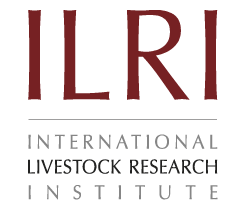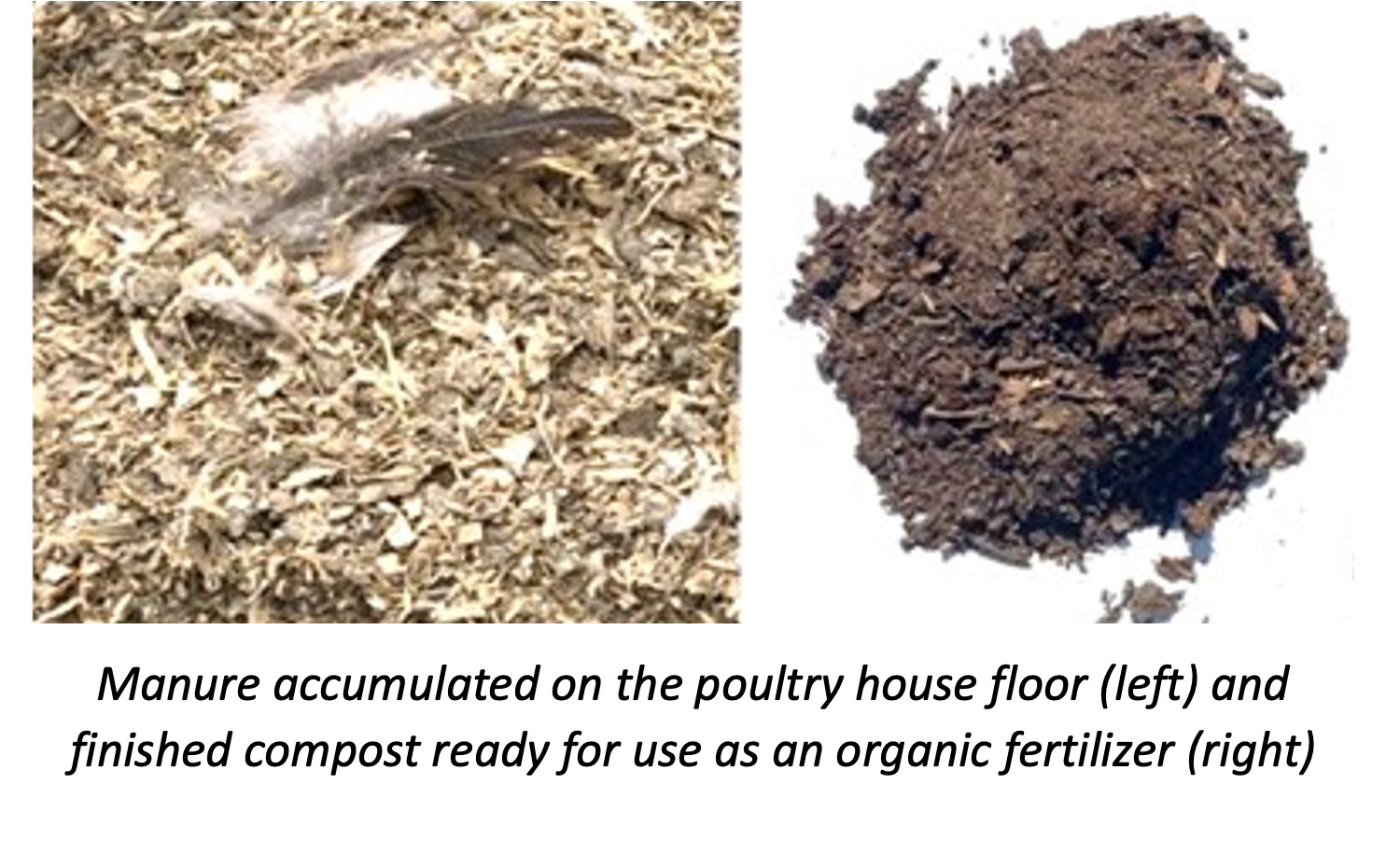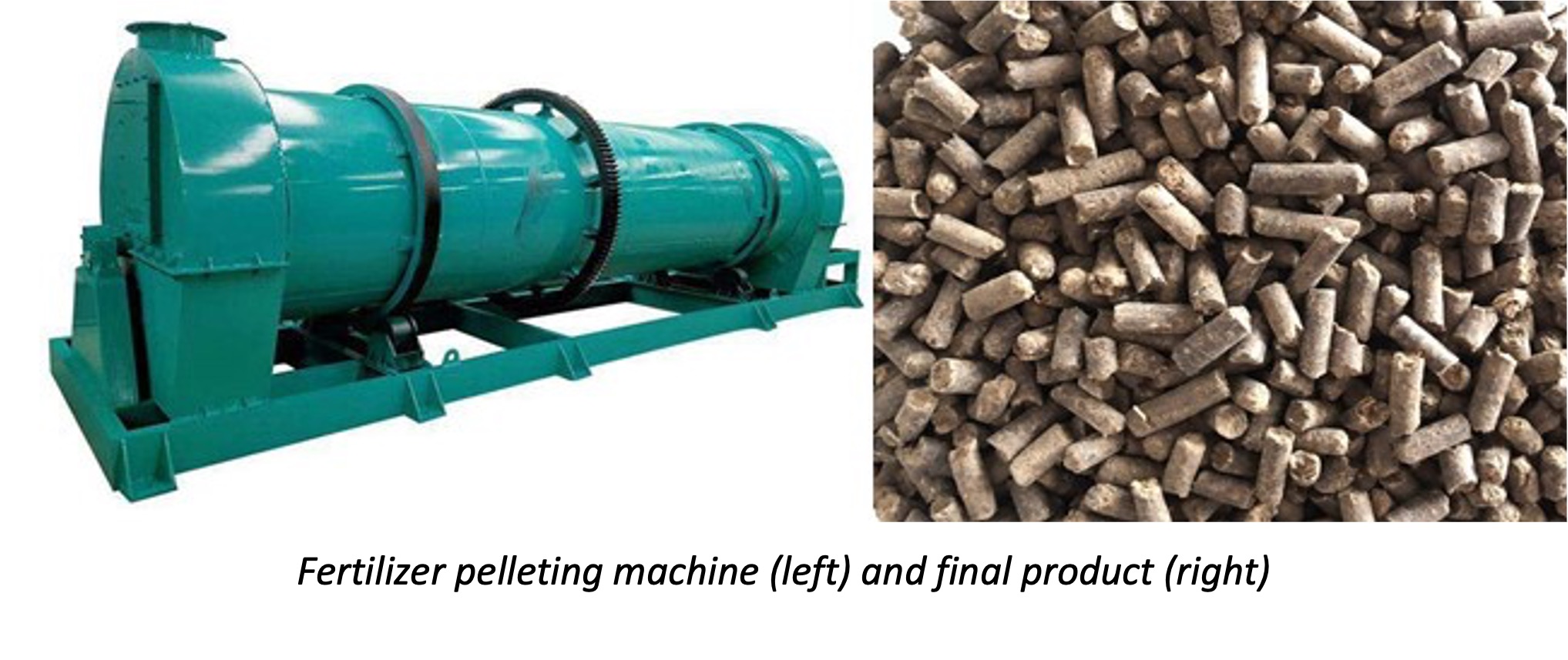Value Addition to Poultry Manure
Summary
Chicken manure is useful as an organic fertilizer to food and feed crops. It has the highest concentration of nitrogen, phosphorus, and potassium of all the manures. Chicken manure is seldom used directly because it can contain pathogens such as salmonella; it can ‘burn’ plants by damaging roots, and its odor is off-putting. Fortunately, it composts quickly into forms safe for people and plants. Small amounts of chicken manure produced in mixed smallholder farming systems is an asset, particularly when used as an ingredient of mixed compost and then applied to fertilize higher value crops. Massive amounts of manure produced by large commercial farms, on the other hand, pose an environmental and social liability from its unpleasant odor, leaching into groundwater, and methane emissions. Industrial scale processing options exist such as the production of organic fertilizer pellets and anaerobic digestion into biogas. Otherwise, the responsible disposal of waste from large poultry farms poses a major production cost.
About the Solution
Each chicken produces about three to five kg of manure monthly. Nutrients in chicken manure are valuable, but the material must be handled properly because fresh manure can damage plants. Composting detoxifies manure, and while doing so it is important to minimize the loss of ammonia. Optimal composting and storage conditions for chicken manure include keeping it in a covered area and retaining its liquid, because a significant amount of its nitrogen exists as urine. A simple way to add value to poultry manure is to operate a free-run chicken production system. Another option is to collect manure from the poultry house floor, heap it a safe distance from the flock, cover the pile and allow it to compost for two to six months. Compost is ready when a stick buried 50 cm into the pile no longer feels hot to touch. The processed manure is then applied to the farmlands, reducing the need for chemical fertilizers.
Fresh chicken manure is rich in plant nutrients, containing 0.5% to 0.9% nitrogen, 0.4% to 0.5% phosphorus, and 1.2% to 1.7% potassium, as well as essential mineral nutrients in balanced ratio. Larger-scale industrial processing involves drying, granulation and pelleting.
Fresh chicken manure is rich in plant nutrients, containing 0.5% to 0.9% nitrogen, 0.4% to 0.5% phosphorus, and 1.2% to 1.7% potassium, as well as essential mineral nutrients in balanced ratio. Larger-scale industrial processing involves drying, granulation and pelleting. The main materials used in manure composting are the poultry manure and litter. In many cases fresh manures collected from poultry houses contains bedding material soaked with urine. Poultry composts may be layered with other materials every 10 to 20 cm and then mixed every few weeks.
Low-tech equipment is needed such as forks, spades, and wheelbarrows. Pelletized manure is prepared by drying and grinding poultry manure, mixing it with ground husk or straw and a starch binder, and then passing it through an extruder or granulator. This process facilitates storage, transportation, and field application. The resulting product releases nutrients slowly and reduces leaching and run-off. These fertilizers also contain organic matter that acts as a soil conditioner, improving retention of nutrients and water. Poultry manure can also be used as a feedstock for anaerobic digestion to break down organic material for biogas and digestate production in a sealed vessel known as reactor. The biogas can be used to provide electricity and gas for cooking, while the digestate can be used as plant fertilizer and soil amendment.
Commercialization
Commercially available
Solution Images
Institutions




